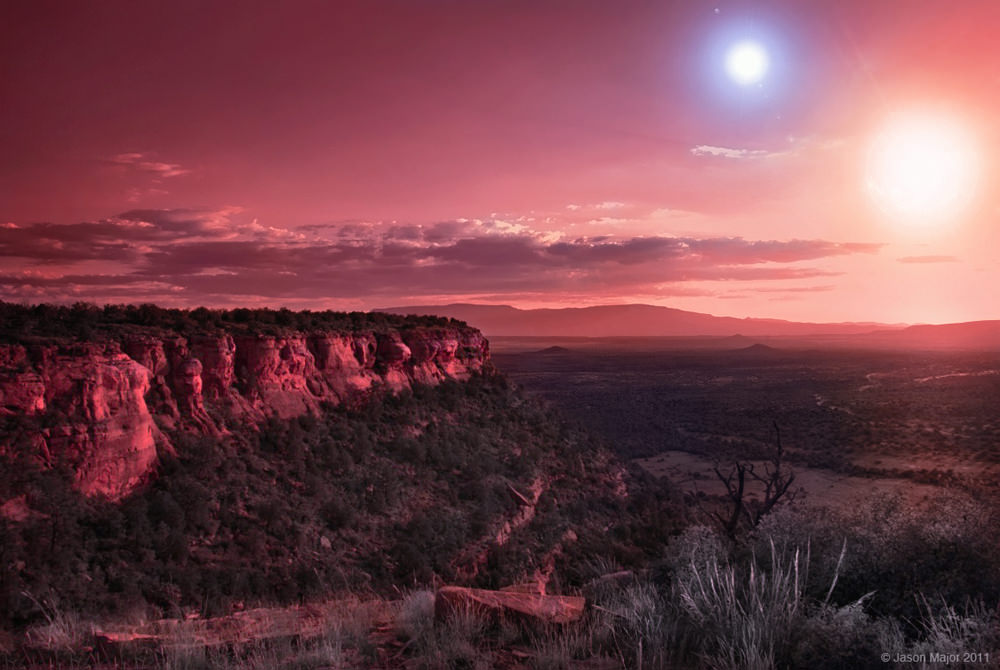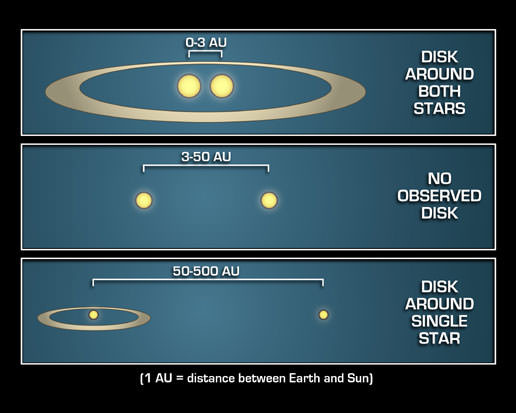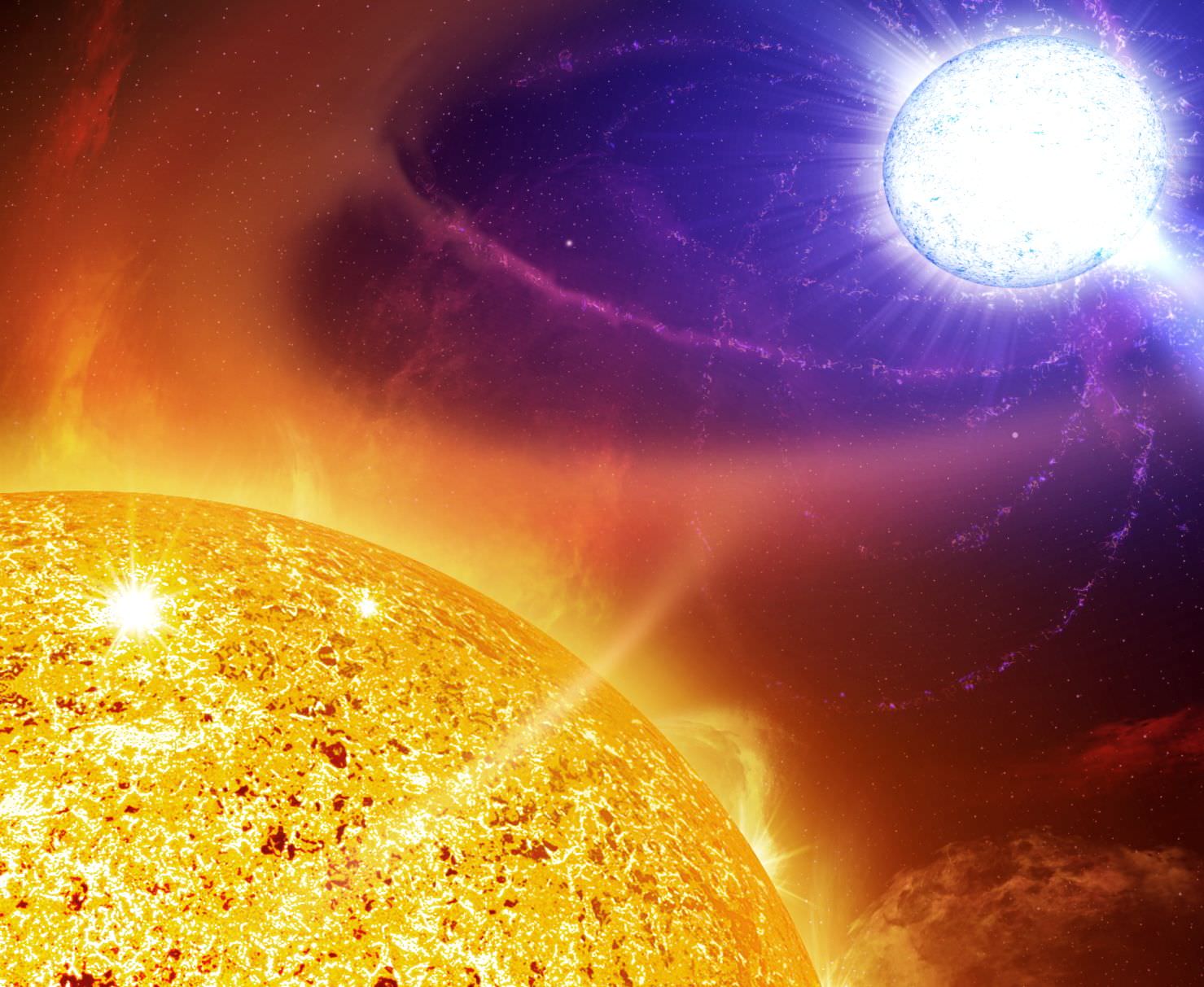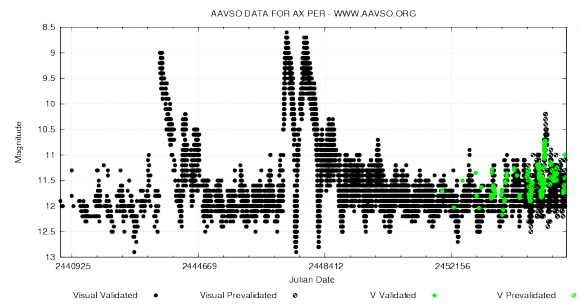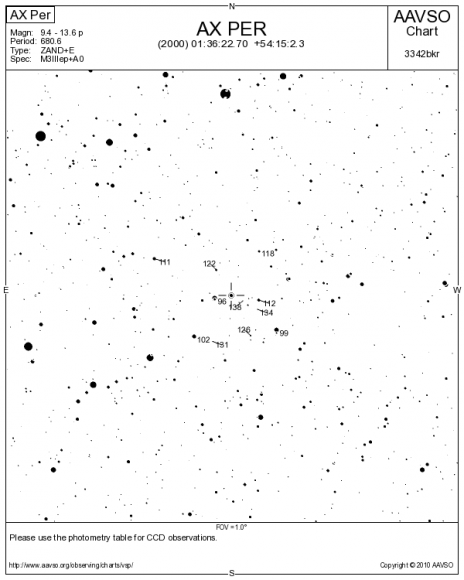[/caption]
The grass may definitely not be greener on some alien worlds, suggests a new study from the UK. For example, planets in double-star systems could have grey or black vegetation.
Researcher Jack O’Malley-James of the University of St Andrews in Scotland worked out how photosynthesis in plants is affected by the color of the light they receive. On Earth, most plants have evolved to be green in order to take advantage of the yellowish color of the sunlight that’s received on the surface of our planet. (Our Sun, classified as a “Population I yellow dwarf star”, would look bright white from space but our atmosphere makes it appear yellow.) There are lots of other stars like our Sun in the Universe, and many of them are in multiple systems sharing orbits with other types of stars…red dwarfs, blue stars, red giants, white dwarfs…stars come in many different colors depending on their composition, age, size and temperature. We may be used to yellow but nature really has no preference! (Although red dwarfs happen to be the garden variety star in our own galaxy.)

Planets that orbit within these multiple systems and exist within the habitable “Goldilocks” zone (and we are finding more and more candidates every day!) could evolve plants that depend on suns with different colors than ours. Green does a good job powering photosynthesis here, but on a planet orbiting a red dwarf and Sun-like star plants could very well be grey or black to absorb more light energy, according to O’Malley-James.
“Our simulations suggest that planets in multi-star systems may host exotic forms of the more familiar plants we see on Earth. Plants with dim red dwarf suns for example, may appear black to our eyes, absorbing across the entire visible wavelength range in order to use as much of the available light as possible.”
– Jack O’Malley-James, School of Physics and Astronomy, University of St Andrews
The study takes into consideration many different combinations of star varieties and how any potential life-sustaining planets could orbit them.
In some instances different portions of a planet may be illuminated by a differently-colored star in a pair…what sorts of variations in plant (and subsequently, animal) evolution could arise then?
And it’s not just the colors of plants that could evolve differently. “For planets orbiting two stars like our own, harmful radiation from intense stellar flares could lead to plants that develop their own UV-blocking sunscreens, or photosynthesizing microorganisms that can move in response to a sudden flare,” said O’Malley-James.
Kermit may have been right all along…being green might really not be easy!
Read more on the Royal Astronomical Society’s news release or on the University of St Andrews website.
Top image credit: Jason Major

